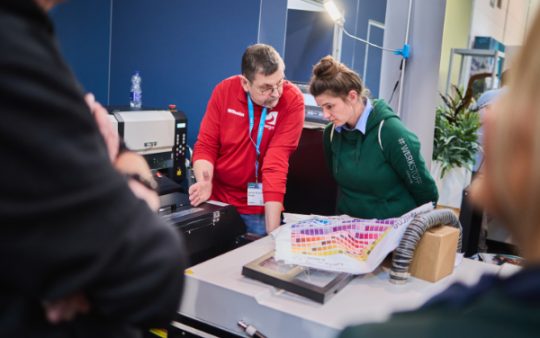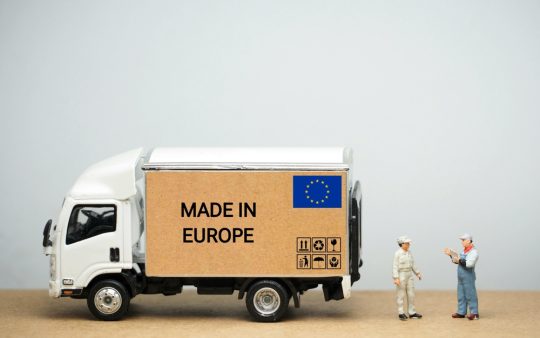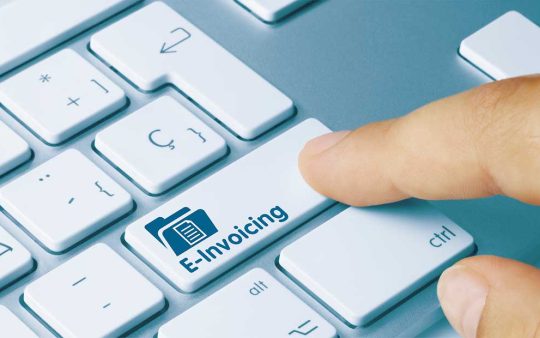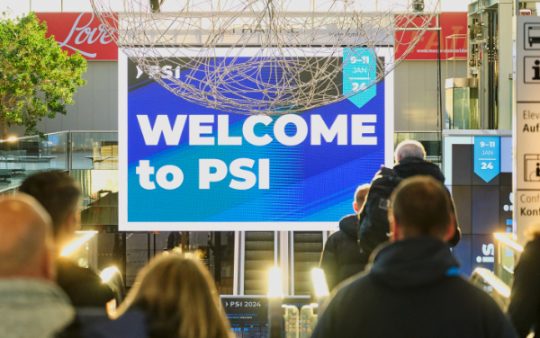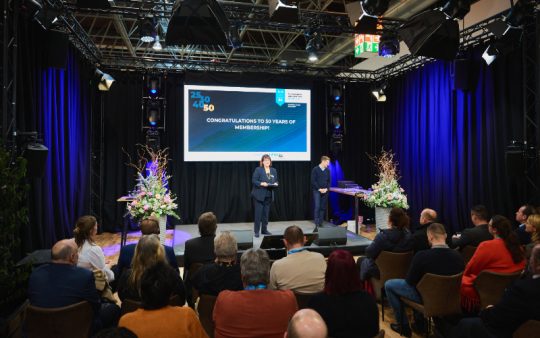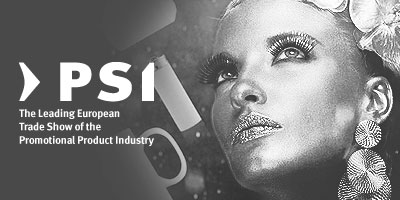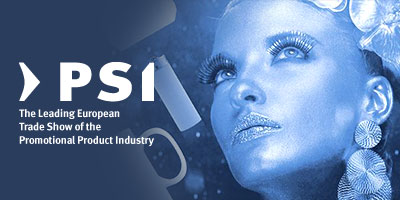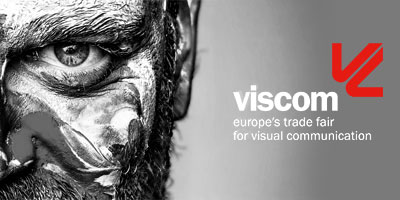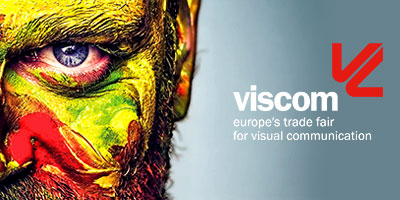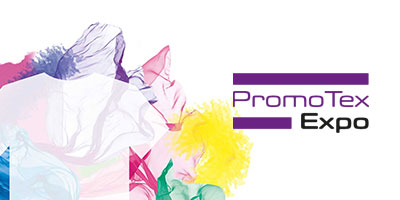Extract from the PSI Forum: Product piracy in the promotional products industry

Published on 14.05.2024
Nothing but plagiarism? Christine Lacroix, Managing Director and Press Officer of Aktion Plagiarius e.V., gave an insightful presentation at PSI 2024 on successful measures in the fight against plagiarism. In this interview, she summarises the key learnings.
You work for Aktion Plagiarius e.V. – what is it all about?
Christine Lacroix: ‘The aim of Aktion Plagiarius is to raise public awareness of the questionable and sometimes criminal business methods of product and brand pirates and to sensitise business, politics and consumers to the problem in a practical way. Our ‘Plagiarius’ award has been presented annually since 1977 to manufacturers and retailers of particularly brazen plagiarised and counterfeit products. The ‘Plagiarius’ award is a black dwarf with a golden nose – symbolising the immense profits that unscrupulous imitators literally make at the expense of creative people and the industry. Our Museum Plagiarius in Solingen displays more than 350 Plagiarius award winners from a wide range of industries – with a direct haptical comparison of the original product and the plagiarised product.’
Why did you talk about plagiarism prevention at PSI?
Christine Lacroix: ‘The promotional products industry has been heavily affected by plagiarism for years, as we have clearly demonstrated several times at PSI with our Plagiarius exhibition. The awareness of injustice with regard to the theft of intellectual property appears to be very low among some participants in the industry – including those from Germany and Europe. Yet product and brand piracy is absolutely not a harmless trivial offence. Of course it makes sense to be inspired by existing solutions when developing new products, but crude 1:1 design theft that leads to the risk of deception and confusion is unfair and unacceptable. We want to protect the creatives and encourage the perpetrators to rethink.’
How was the response?
Christine Lacroix: ‘The lecture was very well attended. We always provide a very practical presentation with lots of examples. We are pleased when we can raise awareness of the topic and give creative people valuable tips on how to protect their new products. Nobody wants to be the victim of crude copying, so the ideas of others should therefore be respected.’
Is brand and product piracy currently on the rise? If so, in which areas?
Christine Lacroix: ‘Yes, definitely. Factors such as globalisation, digitisation and an increasing focus on price are fuelling the explosion in product and brand piracy that has been going on for years. Nowadays, all sectors are affected, including technical machines and devices. Counterfeit clothing, cosmetics, consumer electronics, cigarettes and children’s toys are confiscated by customs particularly frequently.’
How can entrepreneurs protect themselves against plagiarism? Please name the three most important and effective defence measures.
Christine Lacroix: ‘Firstly, registering and enforcing trademark rights – otherwise counterfeiting is prohibited and the chances of being able to hold counterfeiters accountable are slim. Then I recommend filing a border seizure application with customs so that infringing goods can be removed from circulation at the external borders. And last but not least: keep an eye on your markets and competitors, especially at trade fairs and online.’
Which trade mark rights should you know about?
Christine Lacroix: ‘I strongly recommend that creative professionals and entrepreneurs familiarise themselves with the following four types of legal protection. The first is certainly the trademark, as it clearly identifies the manufacturer or a specific product. In second place is the design, which plays a particularly important role for promotional items. After all, nobody gives away unattractive products… Incidentally, ‘the design’ also exists as an unregistered community design, which is valid throughout the EU for a maximum of three years. Thirdly, patents and utility models are important – but ‘only’ for new technical solutions. Last but not least, there is the copyright. It protects texts, graphics and photos, among other things. No registration is necessary here – but with a few exceptions, it does not apply to products.’
How can retailers recognise plagiarisms? And how can retailers react if they suspect they have a plagiarised product in their range?
Christine Lacroix: ‘Retailers should select their suppliers and product range with the utmost care. There are many scammers on the internet. If you can’t find any information about a supplier, then they may have something to hide. And, of course, retailers should keep a watchful eye on their most important markets. What trends are there, which competitor offers which products? Are your own products sufficiently different? Other questions that can provide information: What is the quality of the product? Does the product smell strongly of chemicals? Are there no proper product packaging and operating instructions in German for instance? Dealing in products that violate the law is a criminal offence; you should remove the product from your range and check the facts of the case, e.g. via an image search in the databases of the German Patent and Trade Mark Office.’


